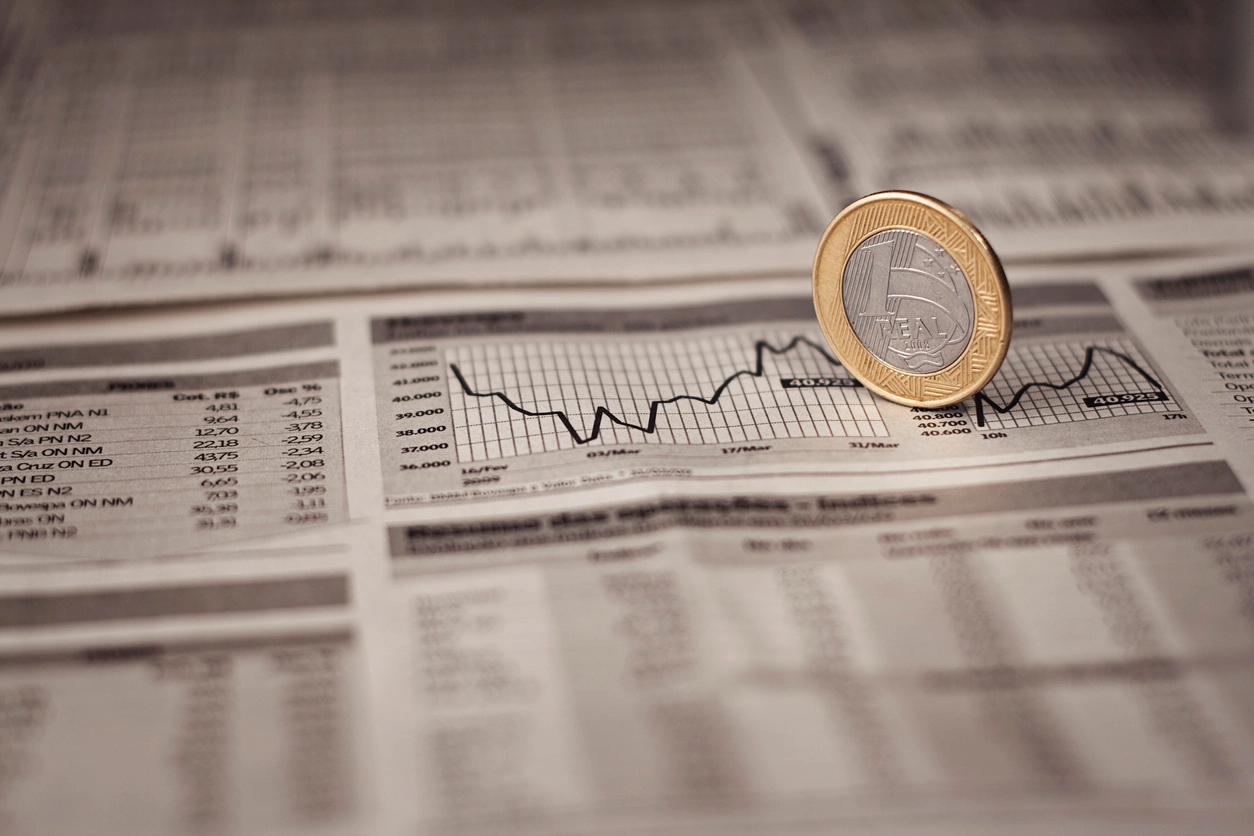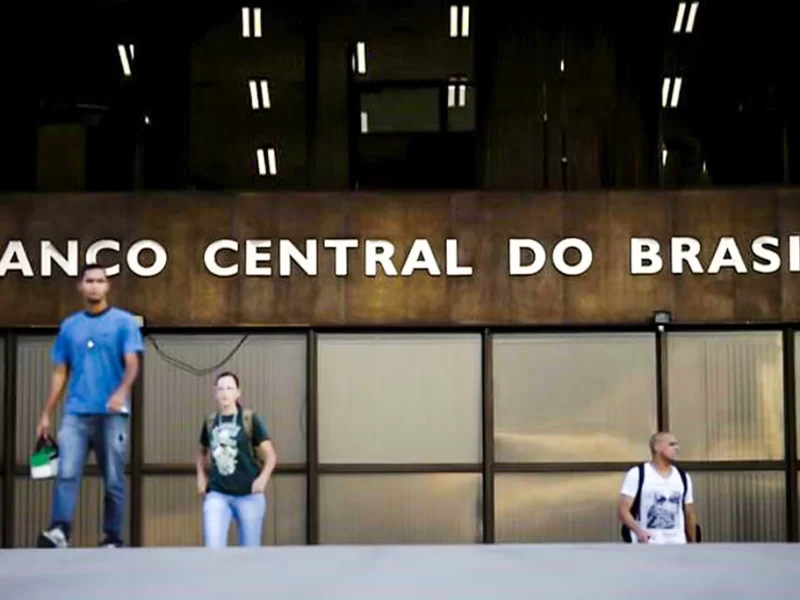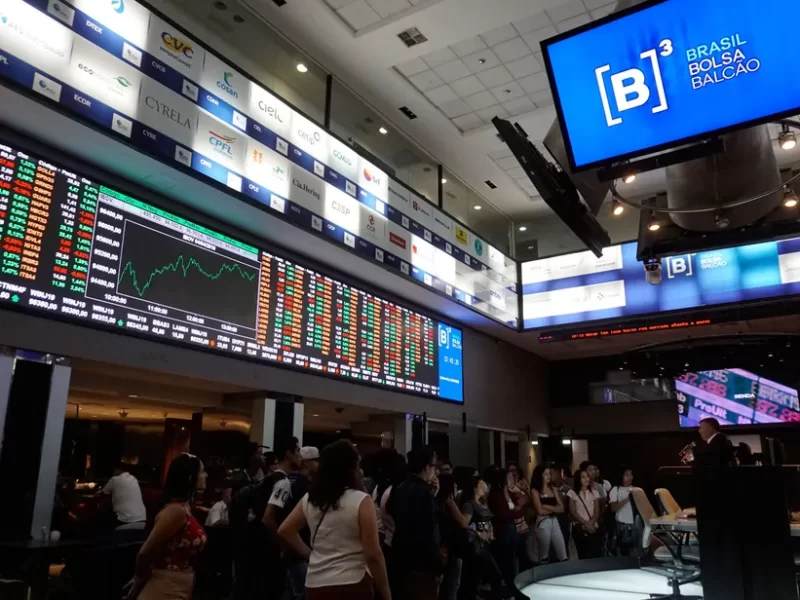Brazil’s economic landscape faces challenges as IGP-M, a key inflation indicator, is forecast to exceed 6% by the end of 2024.
This forecast, provided by FGV, reflects the complex interplay of economic forces shaping the country’s financial outlook. Two main factors are driving the current trend in IGP-M.
The strengthening of the US dollar against the Brazilian real is putting significant pressure on domestic prices. Additionally, climate-related issues are disrupting agricultural supply chains, leading to price increases in both the wholesale and retail sectors.
The latest data from the first IGP-M survey reveals accelerating prices across the board. The broad index of producer prices (IPA), which accounts for 60% of IGP-M, increased from 1.20% to 1.25%.
The Consumer Price Index (CPI), which accounts for 30% of the IGP-M, also increased from 0.19% to 0.22%. Experts point to a strong correlation between the CPI and the official inflation index IPCA.


Both are expected to exceed the upper bound of Brazil’s inflation target this year. IPC-M has accumulated a growth of 4.21% over the past 12 months, while IPCA shows a growth of 4.76%.
Brazil inflation forecast for 2024
The inflation target for 2024 is set at 3%, with a tolerance interval of 1.50 percentage points above or below. However, current trends suggest that this target may be difficult to achieve.
The factors driving the growth of IGP-M are unlikely to disappear before the end of the year. Currency exchange rates play a crucial role in this scenario.
The appreciated dollar significantly affects domestic prices, affecting the entire production chain. This impact extends to both wholesale agricultural commodities and the retail food products associated with these commodities.
Climate change continues to pose challenges to agricultural production. Continued weather-related issues are expected to affect food supply and prices for the foreseeable future.
These factors combined indicate a possible continued acceleration of IGP-M. Economists do not rule out monthly increases exceeding 1% for IGP-M and other general price indices.
This projection underscores the need for careful economic management and strategic planning to navigate the challenging financial landscape ahead.
In short, as Brazil faces these economic pressures, the coming months will be crucial in determining its financial stability.
The results will also shape the country’s growth prospects for 2024 and beyond. Policymakers and businesses must remain vigilant and adaptable in this dynamic economic environment.



